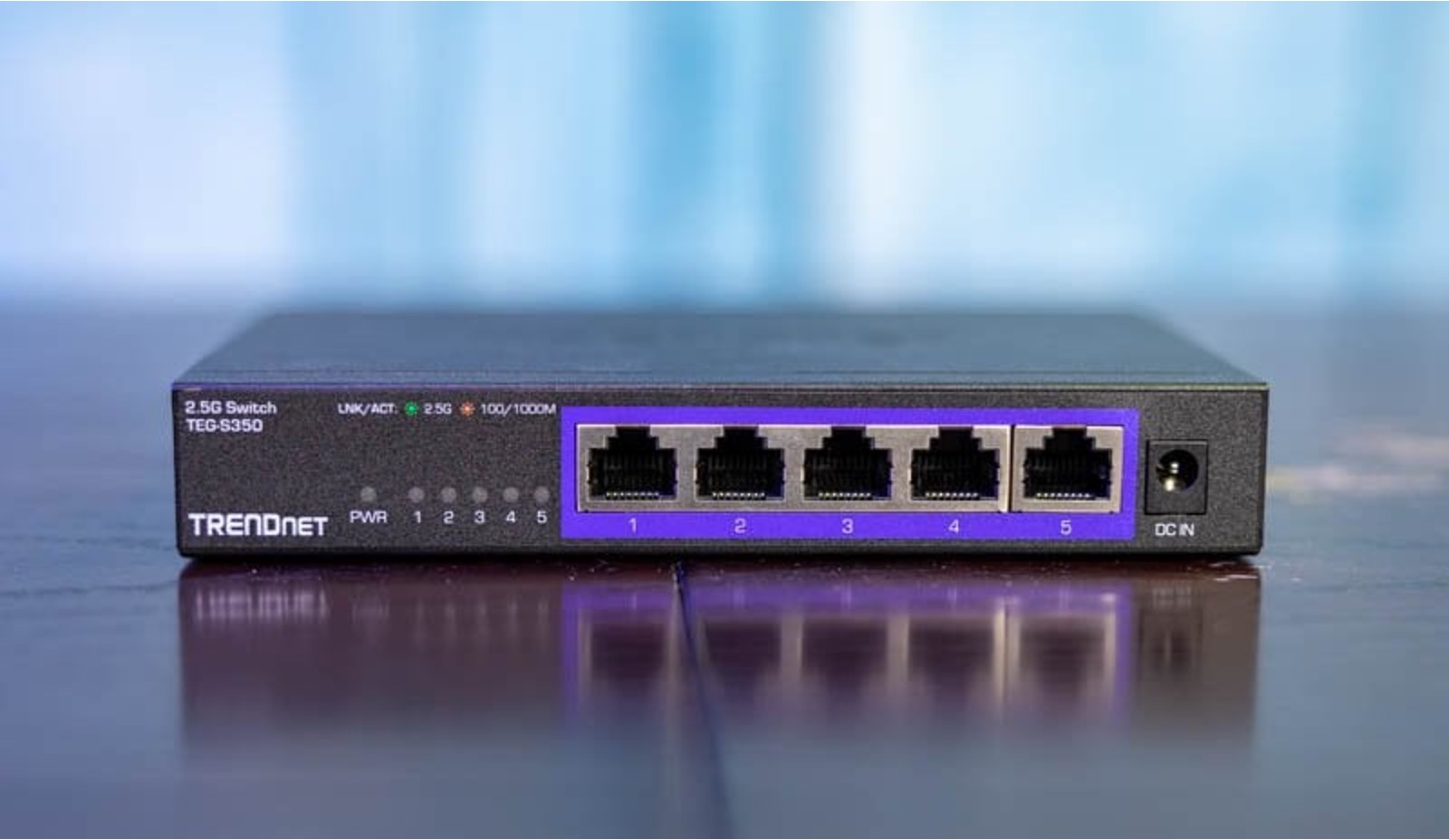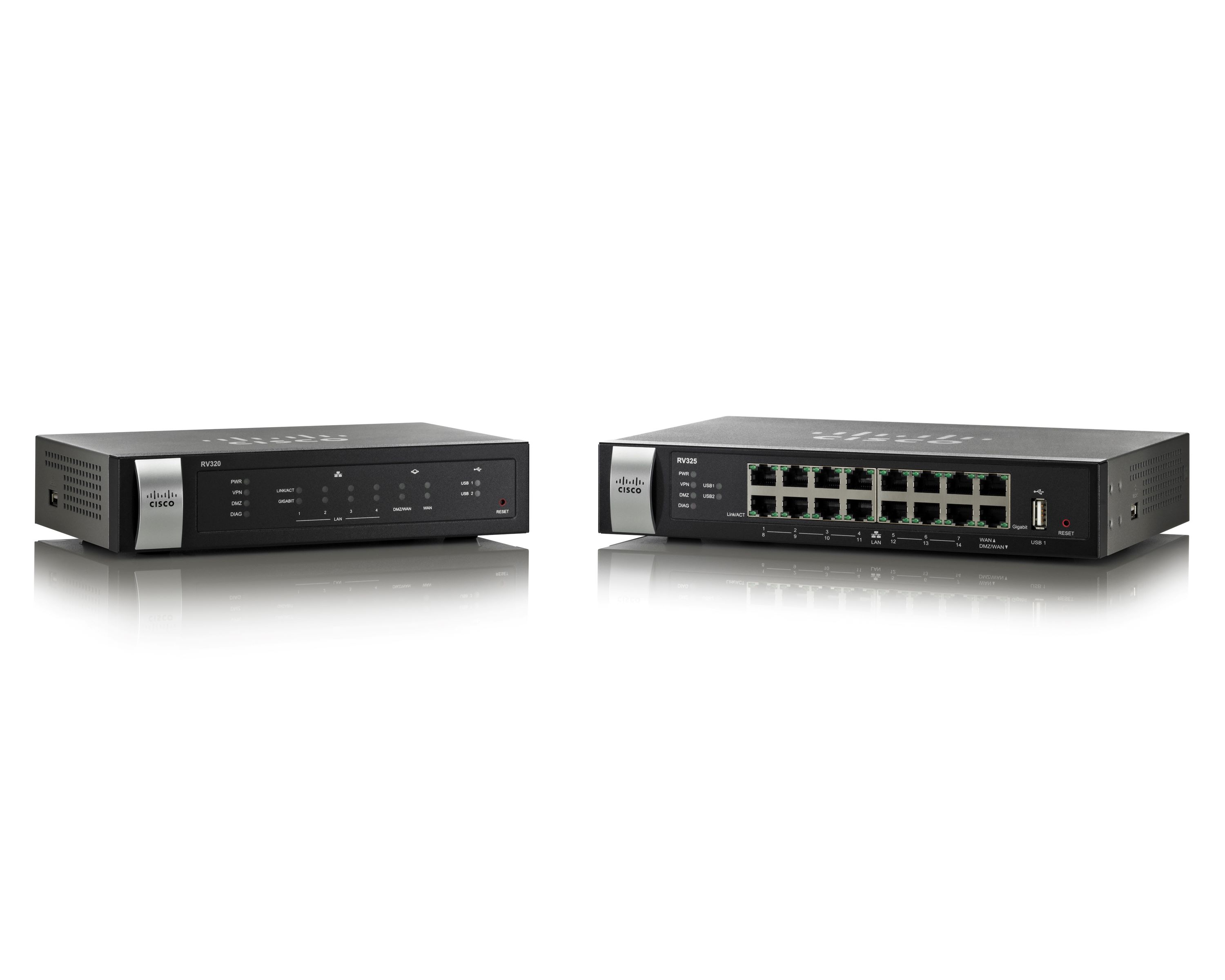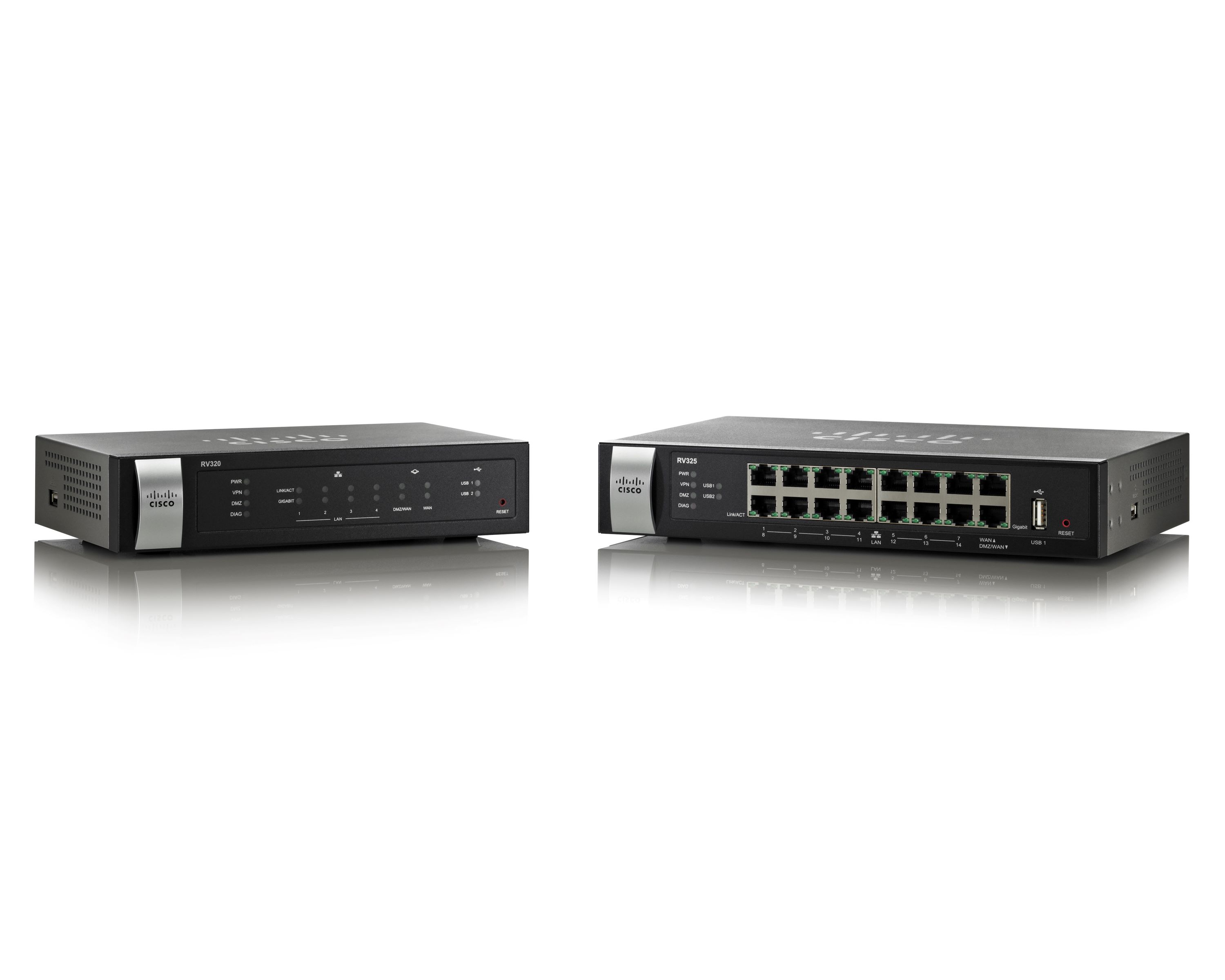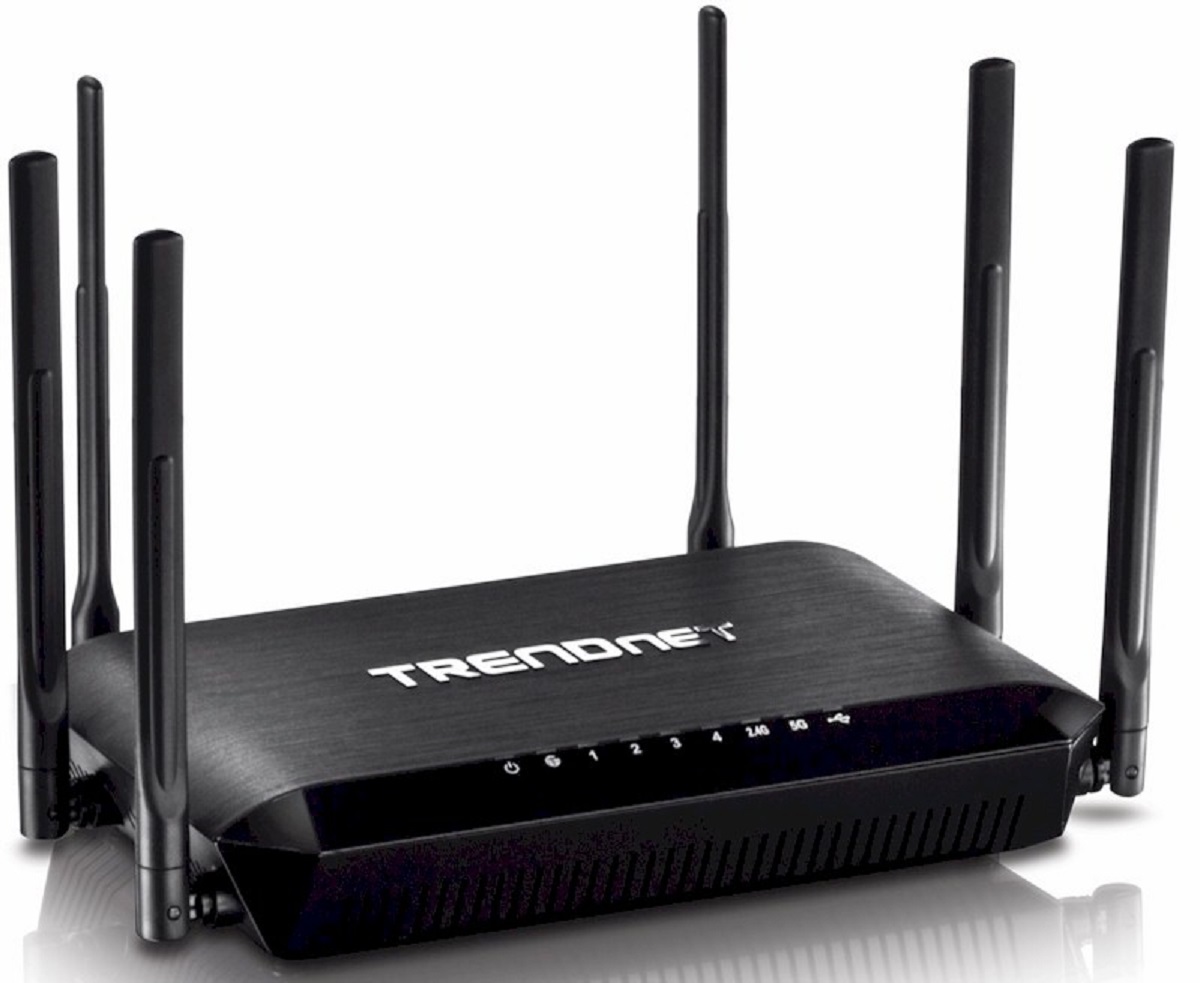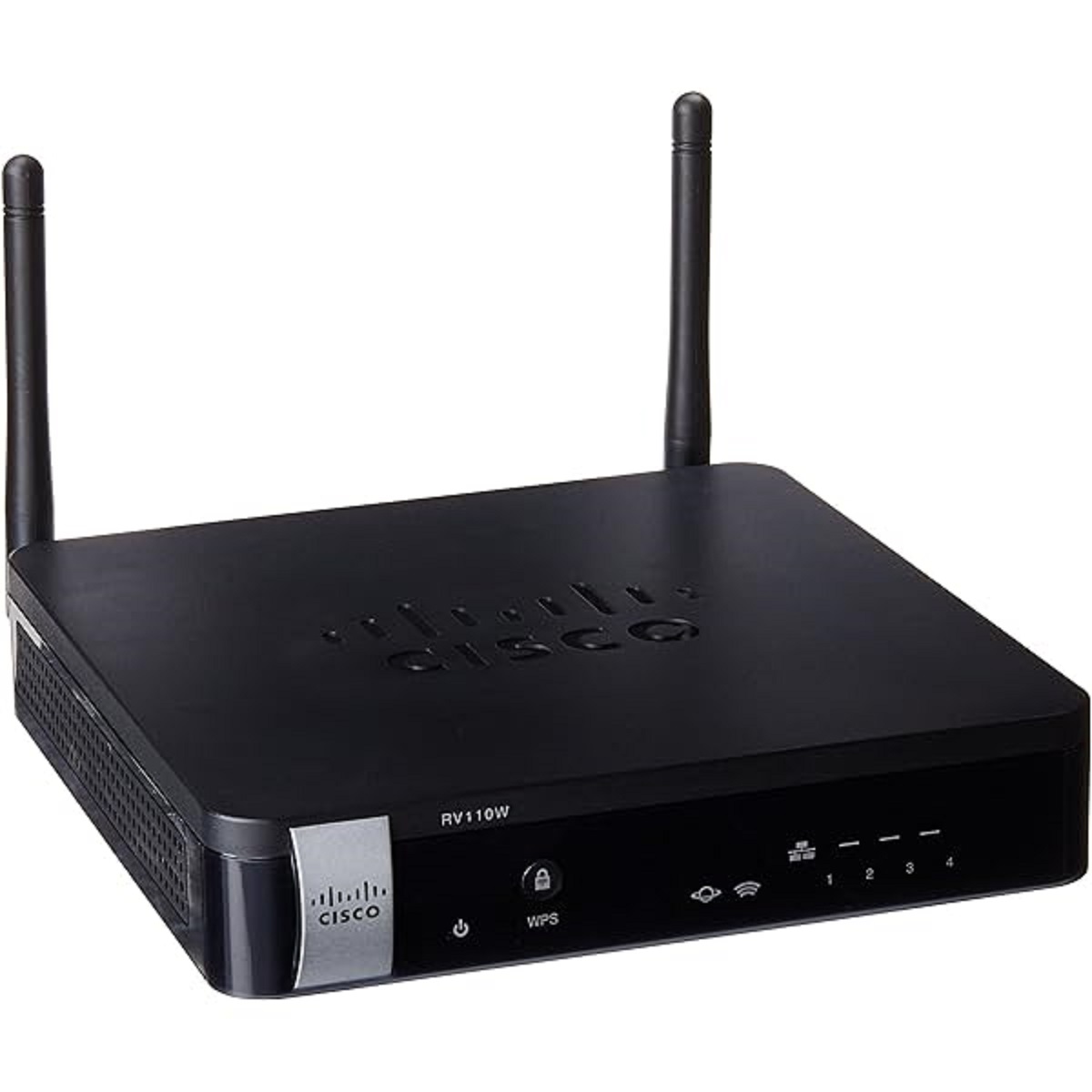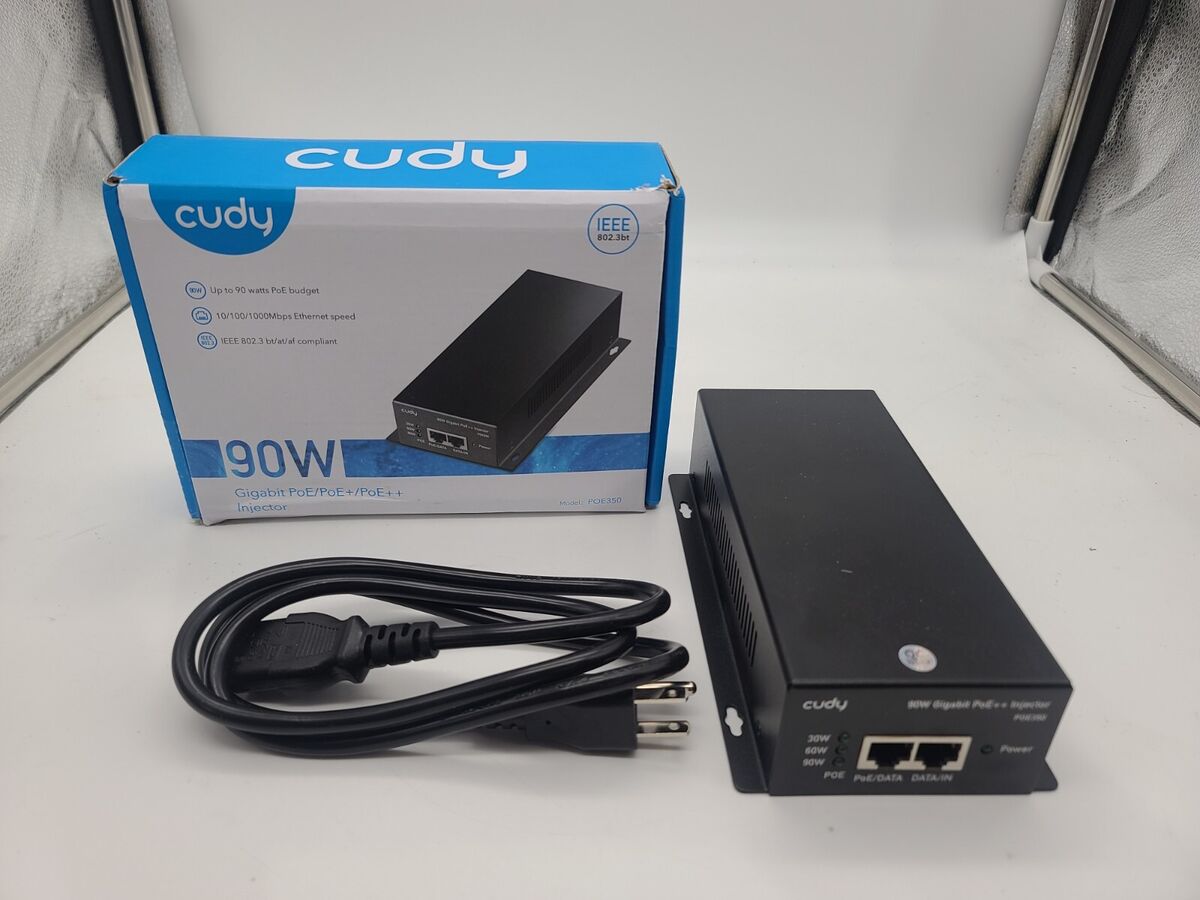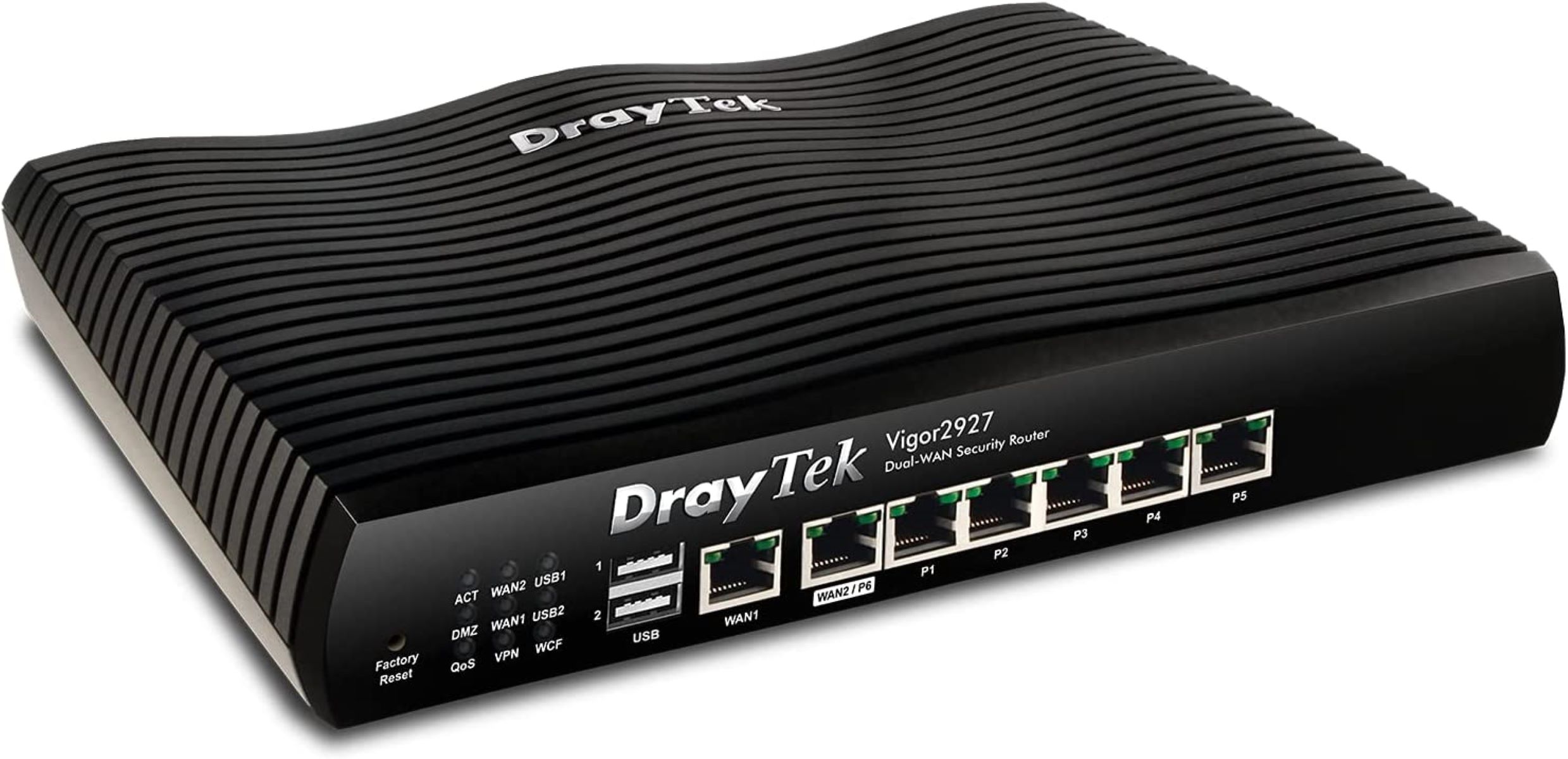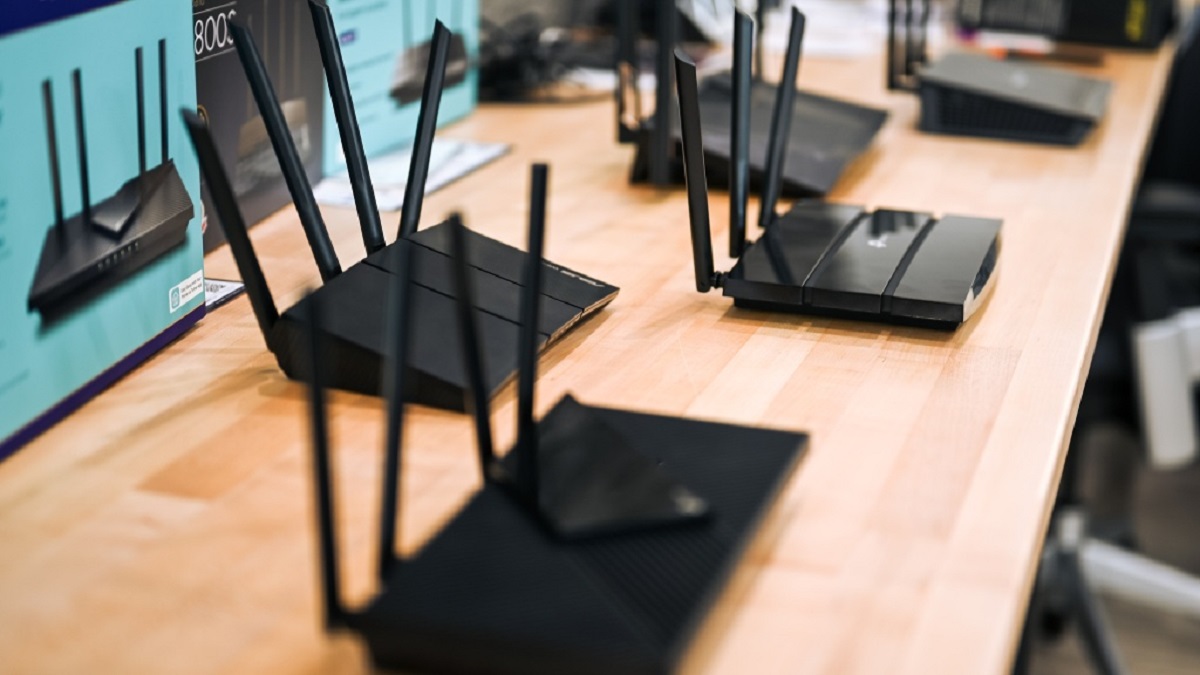Introduction
Understanding the Function of a TRENDnet Network Switch
A TRENDnet network switch serves as a crucial component in the setup of a reliable and efficient network infrastructure. This essential device facilitates the seamless transmission of data packets between various connected devices, ensuring smooth communication and data transfer within a network. Whether in a home, small business, or enterprise environment, the TRENDnet network switch plays a pivotal role in optimizing network performance.
When exploring the potential reasons behind a TRENDnet network switch turning off, it is essential to consider various factors that could contribute to this issue. From overheating and power supply problems to firmware or software issues and network overload, understanding these potential causes can aid in troubleshooting and resolving the problem effectively.
In the following sections, we will delve into the specific factors that may lead to a TRENDnet network switch turning off unexpectedly. By gaining insight into these potential issues, network administrators and users can take proactive measures to mitigate the risk of switch malfunctions and ensure the smooth operation of their network infrastructure.
As we delve into the intricacies of TRENDnet network switches and the potential issues that may cause them to turn off, it's important to recognize the significance of addressing these issues promptly. By identifying and resolving the underlying causes of switch malfunctions, network administrators can uphold the reliability and efficiency of their network infrastructure, ultimately fostering seamless connectivity and data transmission across connected devices.
Overheating: A Common Culprit Behind TRENDnet Network Switch Shutdowns
Overheating stands out as a prevalent issue that can lead to unexpected shutdowns of TRENDnet network switches. As these devices operate continuously to manage data traffic within a network, they generate heat, which, if not dissipated effectively, can result in overheating. Several factors can contribute to the overheating of a network switch, including inadequate ventilation, environmental temperature, and prolonged usage.
One of the primary reasons behind the overheating of TRENDnet network switches is inadequate ventilation within the installation environment. When these switches are installed in confined spaces or areas with limited airflow, heat dissipation becomes compromised, leading to a gradual increase in internal temperatures. Additionally, the accumulation of dust and debris in and around the switch can impede airflow, exacerbating the overheating issue.
Environmental temperature also plays a significant role in the operational temperature of network switches. In warmer climates or environments with poor temperature control, network switches may experience elevated internal temperatures, increasing the likelihood of overheating and subsequent shutdowns.
To mitigate the risk of overheating, users and network administrators can take proactive measures to enhance the cooling and ventilation of TRENDnet network switches. This can involve ensuring that the installation location allows for adequate airflow around the device, regularly cleaning the switch to remove dust and debris, and implementing supplementary cooling solutions such as fans or air conditioning in environments prone to high temperatures.
By addressing the issue of overheating, either through environmental adjustments or supplementary cooling measures, users can significantly reduce the likelihood of unexpected shutdowns and prolong the operational lifespan of their TRENDnet network switches.
Power Supply Issues: Impact on the Stability of TRENDnet Network Switches
Power supply issues represent a critical factor that can contribute to the unexpected shutdowns of TRENDnet network switches. These issues encompass a range of potential problems related to the power source and distribution, ultimately impacting the stability and functionality of the network switch.
One common power supply issue that can lead to switch shutdowns is inadequate or unstable electrical supply. Fluctuations in voltage, power surges, or inconsistent power delivery to the network switch can disrupt its operation, causing it to power off unexpectedly. Such power irregularities can stem from issues within the electrical grid, inadequate power protection measures, or the use of unreliable power sources.
In addition to external power irregularities, internal power supply components within the network switch itself can also be a source of trouble. Malfunctioning power supply units, damaged power connectors, or faulty internal wiring can compromise the switch’s ability to receive and distribute power effectively, leading to shutdowns and operational instability.
To address power supply issues and mitigate the risk of switch shutdowns, users and network administrators can implement several proactive measures. Utilizing high-quality surge protectors and uninterruptible power supplies (UPS) can safeguard the network switch against voltage fluctuations and power surges, ensuring a stable and consistent power supply. Regular inspection and maintenance of the switch’s internal power supply components can also help identify and rectify potential issues before they escalate into critical malfunctions.
By addressing power supply issues and implementing protective measures, users can enhance the stability and reliability of their TRENDnet network switches, minimizing the occurrence of unexpected shutdowns and preserving the integrity of their network infrastructure.
Firmware or Software Problems: Unraveling the Impact on TRENDnet Network Switch Operations
Issues related to firmware or software can significantly influence the operational stability of TRENDnet network switches, potentially leading to unexpected shutdowns and disruptions within the network infrastructure. Firmware, the embedded software that governs the functionality of the network switch, and the software used to manage and configure the switch play pivotal roles in ensuring its seamless operation.
One prevalent firmware-related issue that can contribute to switch shutdowns is outdated or corrupted firmware. Over time, outdated firmware versions may exhibit compatibility issues with newer network protocols or encounter vulnerabilities that affect the switch’s performance. Similarly, corrupted firmware resulting from incomplete updates or system errors can compromise the switch’s functionality, leading to erratic behavior, including unexpected shutdowns.
Software problems, including configuration errors and compatibility issues with management software, can also impact the stability of TRENDnet network switches. Misconfigurations or conflicts within the switch’s management software can trigger operational irregularities, potentially culminating in shutdowns or malfunctions within the network switch.
To address firmware or software problems and mitigate their impact on switch operations, proactive measures can be taken. Regular firmware updates, obtained from reliable sources, can ensure that the network switch is equipped with the latest stability enhancements, bug fixes, and security patches, reducing the likelihood of firmware-related issues leading to shutdowns. Additionally, thorough testing and validation of software configurations, along with the use of compatible and reliable management tools, can help preempt software-related disruptions within the network switch.
By addressing firmware and software issues through diligent maintenance, updates, and configuration management, users can fortify the stability and reliability of their TRENDnet network switches, minimizing the occurrence of unexpected shutdowns and preserving the seamless operation of their network infrastructure.
Network Overload: Impact on TRENDnet Network Switch Performance and Stability
Network overload represents a significant factor that can exert adverse effects on the performance and stability of TRENDnet network switches, potentially leading to unexpected shutdowns and operational disruptions. When the network experiences excessive traffic or data demands that surpass the switch’s capacity, it can strain the device, impeding its ability to manage and process data effectively.
One common scenario that can precipitate network overload is the rapid expansion of network activity beyond the switch’s intended capacity. As the number of connected devices and data-intensive applications within the network grows, the switch may encounter challenges in handling the amplified data traffic, leading to congestion and potential shutdowns.
Additionally, network overload can stem from the occurrence of broadcast storms or multicast flooding, wherein an unusually high volume of broadcast or multicast packets inundates the network, overwhelming the switch’s processing capabilities. These events can disrupt normal network operations and place undue strain on the switch, potentially resulting in operational instability and shutdowns.
To address the impact of network overload on TRENDnet network switches, proactive measures can be implemented to optimize network performance and alleviate excessive data demands. Network administrators can employ traffic management techniques, such as Quality of Service (QoS) configurations, to prioritize critical data traffic and allocate network resources efficiently, reducing the likelihood of overload-induced shutdowns.
Furthermore, regular network capacity assessments and scalability planning can aid in identifying potential overload risks and implementing preemptive measures to accommodate growing network demands. By bolstering the network infrastructure to handle increased data traffic and employing effective traffic management strategies, users can mitigate the impact of network overload on TRENDnet network switches, fostering operational stability and reliability.
Understanding and Mitigating TRENDnet Network Switch Shutdowns
As we have explored the various factors that can contribute to the unexpected shutdowns of TRENDnet network switches, it becomes evident that a combination of environmental, technical, and operational considerations can influence the stability and performance of these critical network components. From overheating and power supply issues to firmware or software problems and network overload, the potential causes of switch shutdowns underscore the importance of proactive maintenance and strategic network management.
Addressing the issue of overheating, whether through environmental adjustments, enhanced ventilation, or supplementary cooling measures, is essential in preserving the operational integrity of TRENDnet network switches. By mitigating the risk of overheating, users can uphold the reliability of their network infrastructure and minimize the occurrence of unexpected shutdowns.
Similarly, vigilance in identifying and rectifying power supply issues, encompassing external power irregularities and internal component malfunctions, can fortify the stability of TRENDnet network switches. Implementing protective measures such as surge protectors and UPS units can safeguard the switch against power-related disruptions, enhancing its resilience and operational continuity.
Furthermore, the diligent management of firmware and software, including regular updates, configuration validation, and compatibility assessments, is paramount in mitigating the impact of software-related issues on switch stability. By ensuring that the network switch is equipped with the latest firmware and configured with reliable software tools, users can bolster its performance and minimize the risk of shutdowns stemming from firmware or software problems.
Lastly, proactive measures to manage network overload, such as traffic optimization and capacity planning, can mitigate the strain on TRENDnet network switches, fostering operational stability and resilience in the face of escalating network demands.
By recognizing and addressing these potential factors contributing to TRENDnet network switch shutdowns, users and network administrators can cultivate a robust and dependable network infrastructure, characterized by seamless connectivity, operational continuity, and minimized disruptions. Through proactive maintenance, strategic management, and a comprehensive understanding of the operational dynamics of network switches, the stability and reliability of TRENDnet network infrastructure can be upheld, ensuring optimal performance and mitigating the occurrence of unexpected shutdowns.







